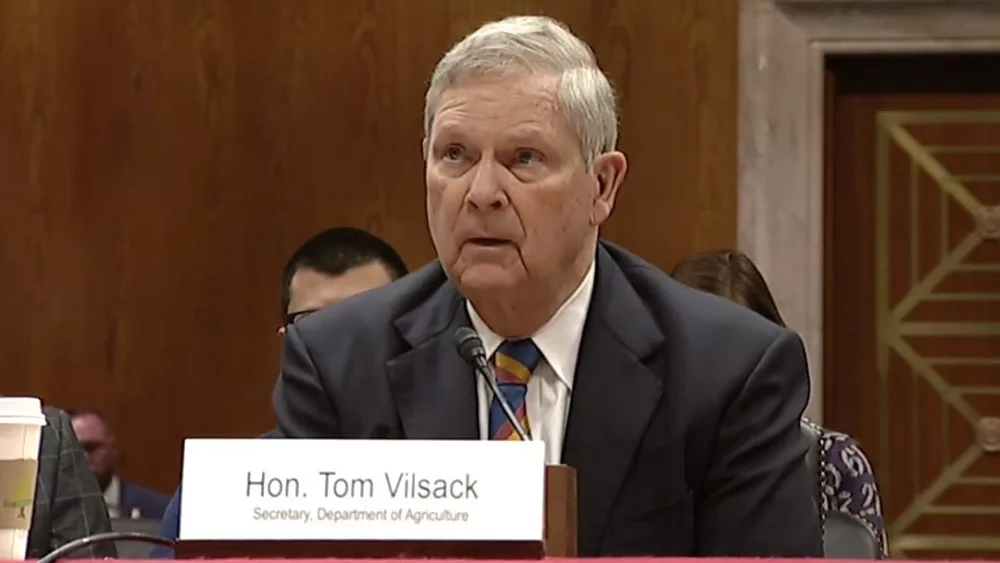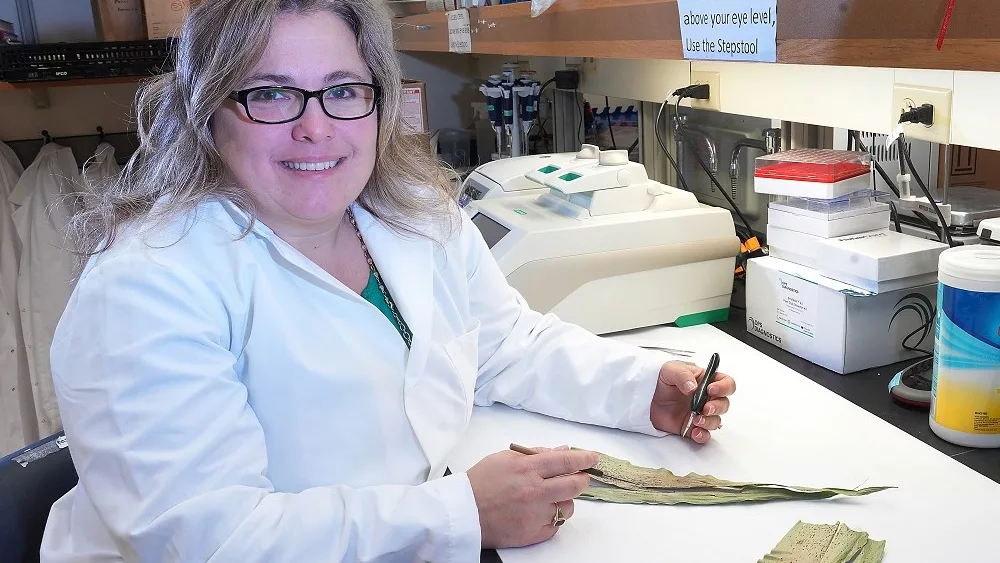In the span of a couple weeks, Michigan farmers experienced frost and a lot of rain. While the frost didn’t do much damage, Christopher Bauer, Pioneer agronomist, said the excessive rain did more damage to the crop.
“In situations where the flooding occurred on your fields, only a portion of that field needs to be considered for replant,” he said.
For corn, Bauer said the first step is to take stand counts from multiple points in the field.
“While you’re out doing this, check some of the plants and look at the growing point to see if they’re looking healthy or unhealthy,” he told MAT. “If the growing point has green tissue near it, than the plant will most likely recover. If it has soft, translucent tissue near the growing point, that’s an indication the plants will most likely not recover.”
After that, Bauer said growers should evaluate stand uniformity because it’s critical in attaining optimal yields in corn.
“An uneven plant stand will yield less than a relatively even plant stand with the same number of plants,” he said.
The third step is to evaluate the overall plant health.
“Are there other things occurring aside from that?” Bauer asked. “Is there any insect damage going on? Are you seeing any seedling diseases such as seedling blight?”
Bauer says soybeans are a little more forgiving than corn when it comes to reduced stands.
“Growers should really only consider termination to replanting stands if there are less than 80,000 plants per acre,” he said.
Each situation is unique, and he reminds growers that the cause of the stand loss can play a major factor in determining the minimum stand for replanting. In the last week, he’s been asked if growers should be planting additional seed into the existing stand.
“I would recommend you can thicken a stand by planting into the existing stand and not tilling or terminating the existing stand and completely starting over,” said Bauer.
If you have questions, contact your local Pioneer agronomist.






